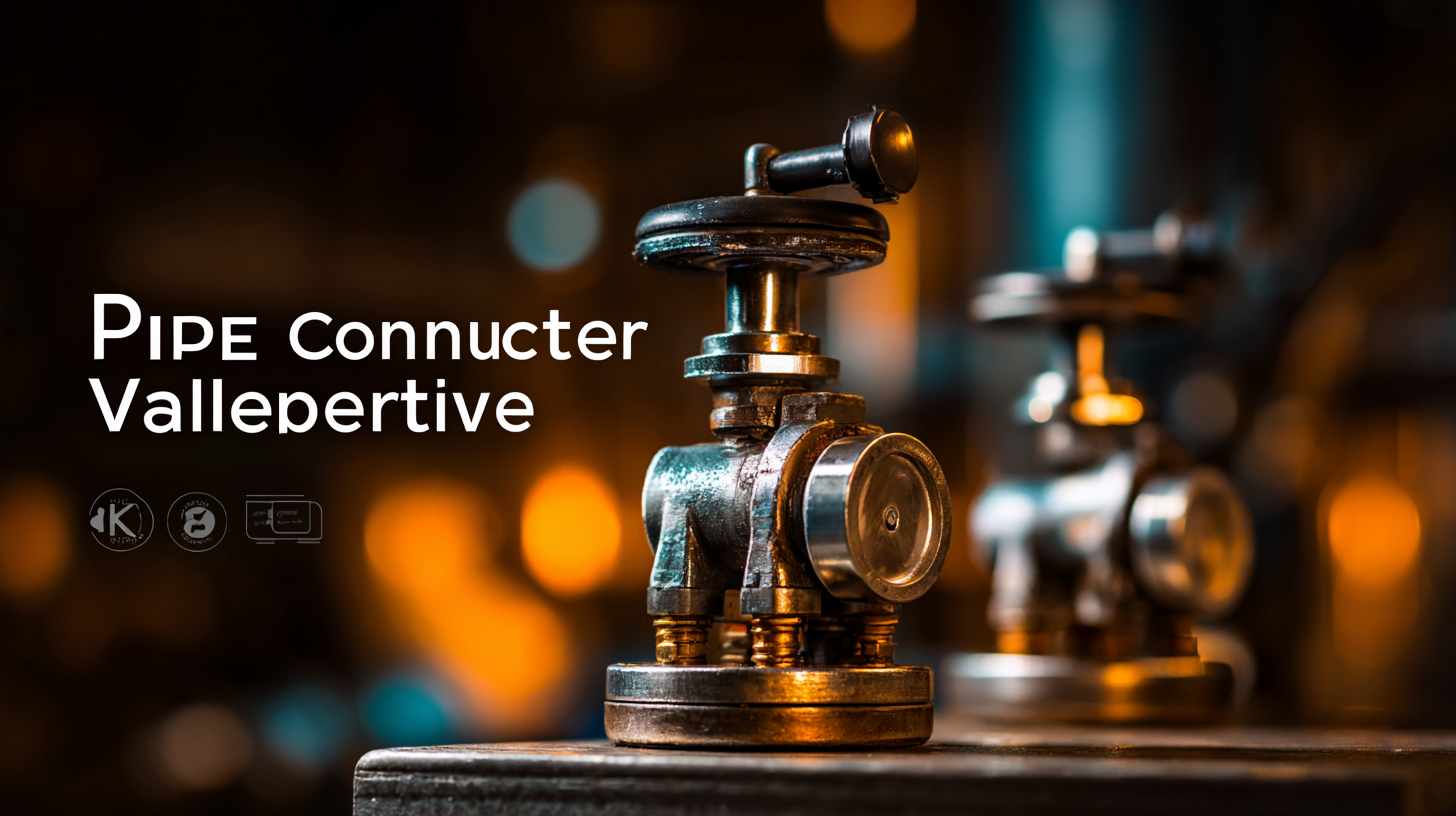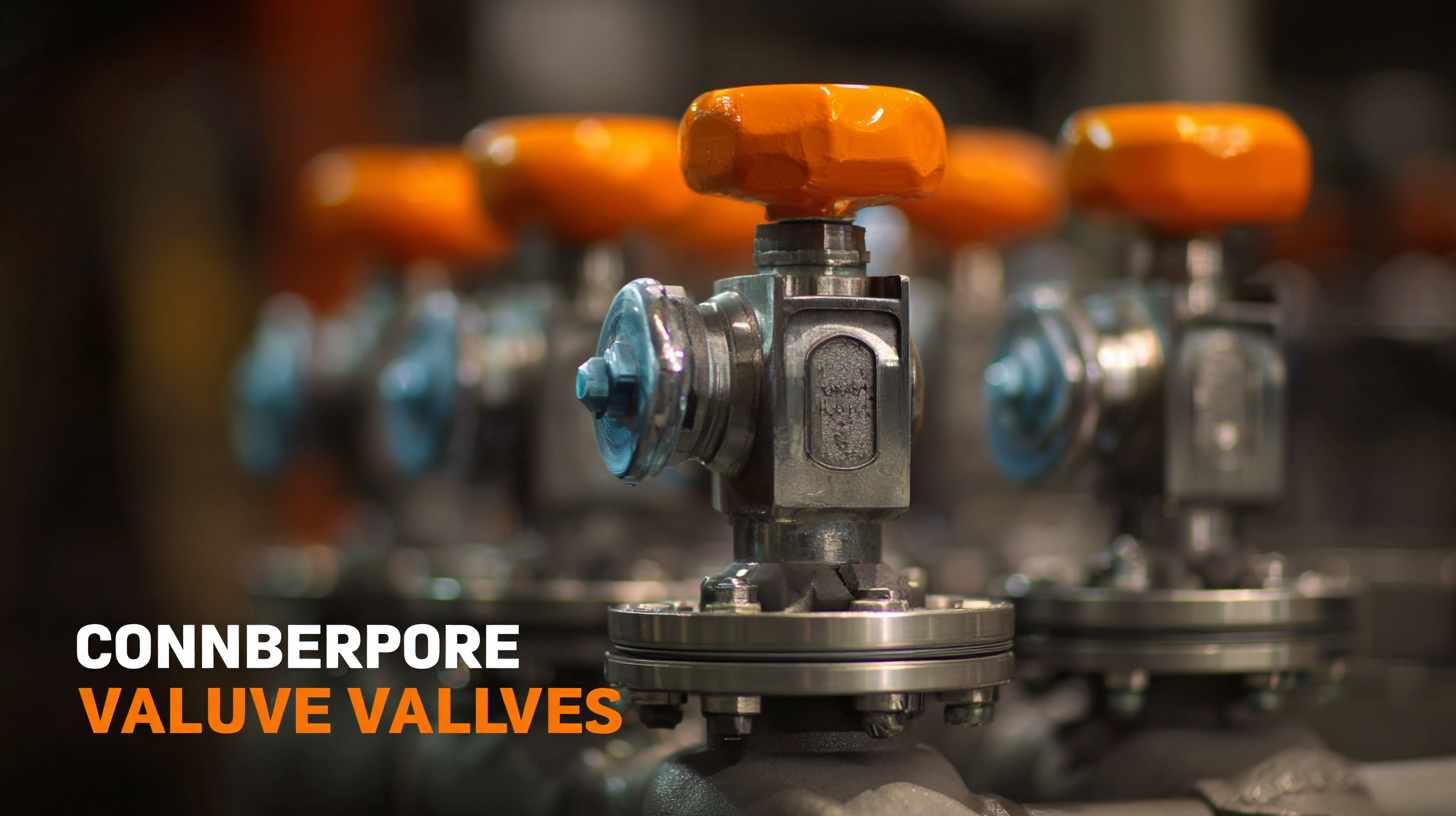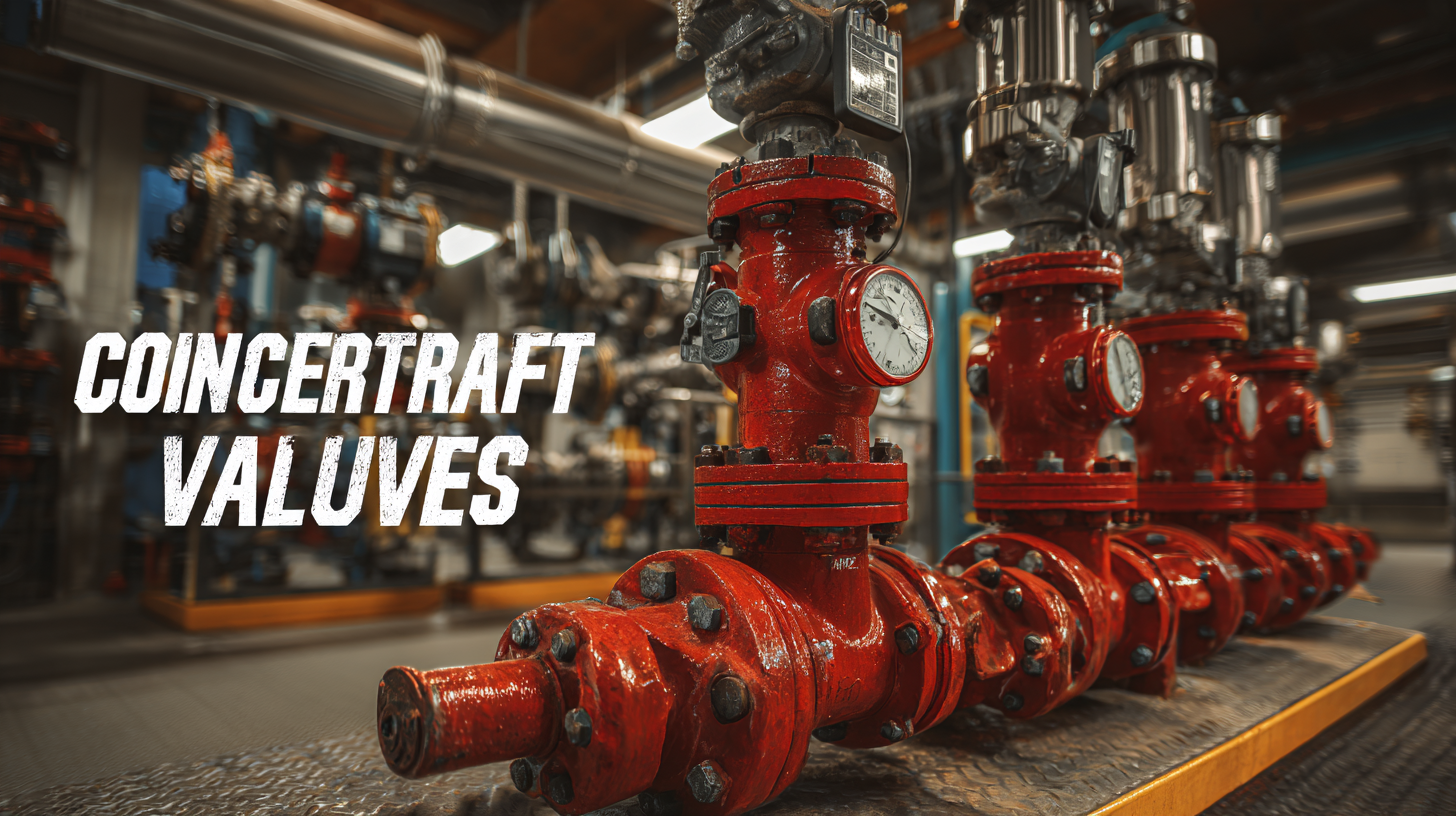In today's global manufacturing landscape, selecting the right components is crucial for ensuring optimal performance and reliability in hydraulic systems. Pipe counterbalance valves, which play a pivotal role in maintaining load stability and controlling motion in various industrial applications, are a prime focus for engineers and sourcing professionals alike.

According to a report by Markets and Markets, the hydraulic valves market is projected to reach $21.7 billion by 2025, with a significant portion attributed to the demand for high-quality, reliable counterbalance solutions. As industries increasingly turn to Chinese manufacturers known for their emphasis on quality, understanding how to choose the best pipe counterbalance valves becomes essential for global sourcing needs.
This blog will outline seven essential tips to help navigate the complexities of selecting the ideal valves, ensuring that your operational requirements are met with precision and efficiency.
When it comes to global sourcing, understanding the different types of pipe counterbalance valves is crucial for ensuring efficient and safe operations. These valves play an essential role in hydraulic systems, providing controlled pressure and flow management to counteract the weight of loads. According to a report by Research and Markets, the global hydraulic valve market is projected to reach $8 billion by 2025, underscoring the growing importance of selecting the right components for hydraulic applications.
There are several types of pipe counterbalance valves, including pilot-operated, direct-acting, and adjustable valves. Pilot-operated valves are widely preferred for their ability to manage high pressure with precision, while direct-acting valves offer simplicity and reliability in smaller applications. Adjustable counterbalance valves provide the flexibility to customize the settings according to the specific needs of a project.
A study from Technavio indicates that the demand for these valves is driven by the increasing automation in various industries, particularly in construction and manufacturing, where efficiency and reliability are paramount. Understanding these options helps sourcing professionals make informed decisions that align with their operational requirements and budget considerations.
When selecting pipe counterbalance valves for your specific application, it is crucial to consider several key factors that can greatly impact performance and efficiency. First and foremost, assess the operating pressure and flow requirements of your system. Valves must be precisely matched to the pressure range in which they will function to ensure reliable control and prevent potential system failures. Additionally, understanding the flow characteristics can help in selecting a valve that maintains optimal performance without introducing unwanted turbulence or energy losses.
Another significant aspect to evaluate is the material compatibility of the valve with the fluids being handled. Different applications may involve corrosive or abrasive materials, making it essential to choose valves constructed from durable materials that can withstand such conditions. In parallel, consider the size and installation requirements, ensuring that the chosen valve fits seamlessly into your existing piping system. Lastly, factor in the regulatory standards and certifications relevant to your industry, as compliance with these regulations is vital for safety and operational effectiveness. Taking these considerations into account will lead you to the ideal pipe counterbalance valve tailored to your global sourcing needs.

When sourcing pipe counterbalance valves, one of the critical considerations is the quality standards and certifications they hold. Evaluating these certifications helps ensure that the products meet safety, performance, and environmental guidelines. For instance, recent developments around the certification of flow meters highlight the importance of accurate measurements in ensuring system reliability, which can be directly linked to the quality of counterbalance valves used in various applications.

Standards such as ASTM F3371 have expanded the scope for polypropylene and polyethylene pipes in new applications, emphasizing the need for thorough evaluations. Understanding the implications of new regulations, like the Pressure Equipment (Safety) Regulations, is essential for global sourcing. Companies should ensure that the valves they choose not only satisfy local regulations but also align with international safety standards and certifications, guaranteeing the reliability and safety of their installations in various global markets.
When it comes to sourcing pipe counterbalance valves, one of the most critical decisions you’ll face revolves around the balance between cost and quality. While it's tempting to opt for the lowest price, it's essential to recognize that cheaper options often compromise durability and performance. Investing in high-quality valves can lead to long-term savings, as they typically require less frequent replacements and maintenance. Understanding the true costs associated with valve performance can help you make informed decisions that benefit your operations in the long run.
However, balancing cost and quality doesn't have to be a daunting task. Start by establishing a budget that aligns with your project's long-term goals. Research reputable manufacturers who offer a good mix of affordability without sacrificing quality. Look for certifications and industry standards that validate the performance of the valves. Additionally, consider the total cost of ownership rather than just the purchase price. This approach not only ensures you get a product that meets your needs but also helps you avoid the pitfalls that come with low-quality imports, such as higher failure rates and operational downtime.
This chart illustrates the performance ratings of pipe counterbalance valves based on cost categories. As the cost increases, the performance ratings tend to improve, highlighting the essential balance between cost and quality in sourcing decisions.
When navigating the complexities of global sourcing for pipe counterbalance valves, the relationships you cultivate with suppliers play a pivotal role in ensuring a successful procurement strategy. A strong partnership can lead to better pricing, timely deliveries, and a mutual understanding of quality standards. By fostering open lines of communication, you can quickly address any issues that arise, from logistical challenges to product specifications, leading to more efficient operations.
Moreover, investing time in building these relationships also provides invaluable insights into market trends and innovations within the industry. Suppliers often have access to the latest technological advancements and emerging products, enabling you to stay ahead of your competitors. Engaging with suppliers on a deeper level encourages collaboration, making them more likely to prioritize your needs and provide personalized solutions. Ultimately, by focusing on nurturing these critical connections, your sourcing efforts for pipe counterbalance valves can become more strategic and effective, ensuring a smoother supply chain and enhanced product performance.
| Tip | Description | Key Considerations |
|---|---|---|
| 1. Understand Specifications | Get a clear understanding of valve specifications, including size, pressure rating, and flow requirements. | Accuracy in requirements can prevent miscommunication with suppliers. |
| 2. Evaluate Supplier Experience | Choose suppliers with extensive experience in manufacturing pipe counterbalance valves. | Experienced suppliers often have better quality control and problem-solving abilities. |
| 3. Check Certifications | Verify that suppliers meet relevant industry standards and certifications. | Compliance ensures quality and reliability of products. |
| 4. Assess Quality Assurance Processes | Inquire about the supplier's quality assurance and testing methodologies. | Strong QA processes reduce returns and enhance satisfaction. |
| 5. Analyze Pricing Structures | Understand the supplier's pricing model, including bulk discounts and delivery charges. | Transparent pricing can help in negotiating better deals. |
| 6. Build Long-Term Relationships | Focus on establishing strong relationships with selected suppliers. | Good relationships lead to better service and priority during orders. |
| 7. Continuous Feedback and Communication | Maintain an open line of communication for feedback on products and services. | Regular feedback helps suppliers improve and adapt to your needs. |
